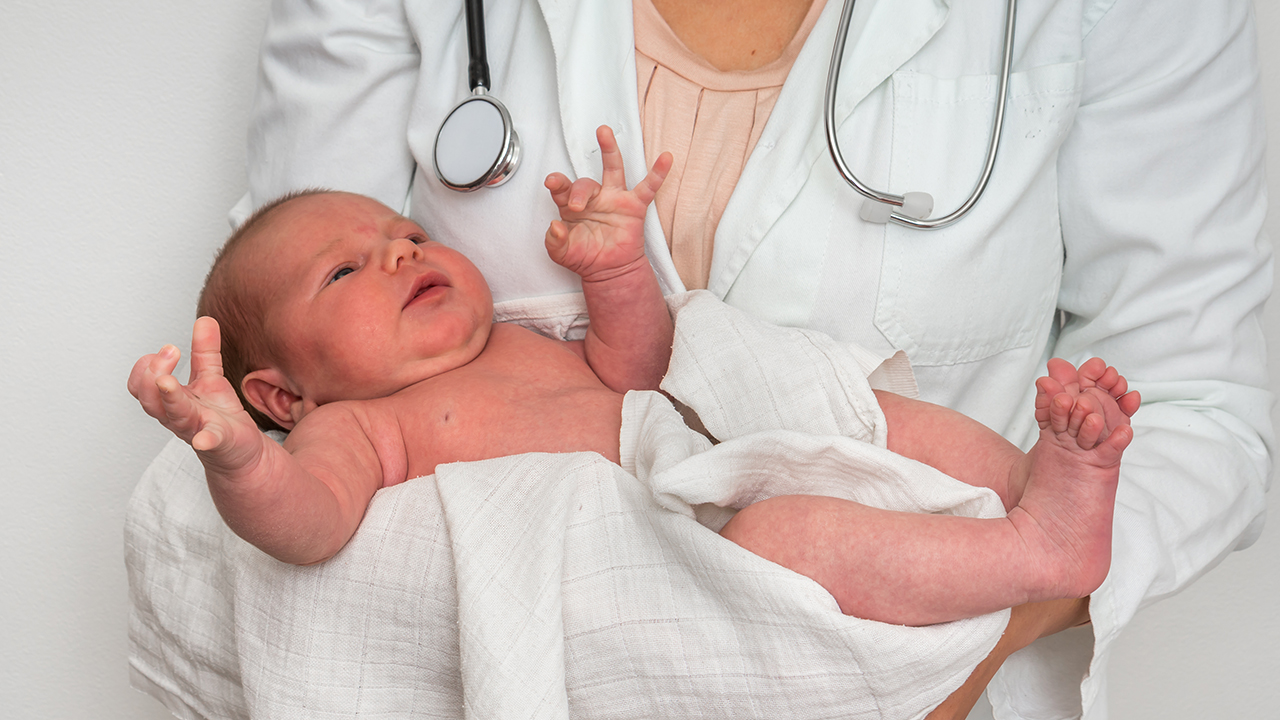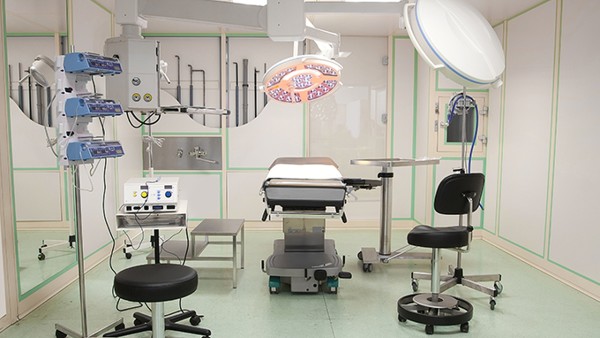There Are Good Strategies to Prevent Episiotomy During Normal Delivery

Episiotomy: What It Is and Why It鈥檚 Done
An episiotomy is a surgical cut made in the perineum, the area between the vagina and anus, during childbirth. The purpose of an episiotomy is to enlarge the vaginal opening and make it easier for the baby to be delivered. Episiotomies are typically performed when the baby is in a posterior position, or when the mother has a narrow pelvis or a tight perineum.
Episiotomies can be either midline or mediolateral. A midline episiotomy is a straight cut made in the center of the perineum, while a mediolateral episiotomy is a curved cut made at an angle. Mediolateral episiotomies are less likely to cause tearing and pain, and they heal more quickly than midline episiotomies.
Episiotomies are not always necessary. In fact, many experts believe that they should only be performed when absolutely necessary. Episiotomies can cause pain, bleeding, and infection. They can also lead to long-term problems, such as incontinence and pain during sex.
Preventing Episiotomy
There are a number of things that you can do to prevent episiotomy during normal delivery. These include:
Massaging your perineum. Massaging your perineum during the last few weeks of pregnancy can help to stretch the tissue and make it more elastic. This can help to prevent tearing during childbirth.
Doing Kegels exercises. Kegels exercises can help to strengthen the muscles in your pelvic floor. This can help to support your uterus and bladder during childbirth, and it can also help to prevent episiotomy.
Using a warm compress. Applying a warm compress to your perineum during childbirth can help to relax the muscles and make it more elastic. This can help to prevent tearing.
Changing positions. If you are pushing in one position for too long, it can put pressure on your perineum and make it more likely to tear. Try changing positions during labor to help distribute the pressure.
Using a mirror. If you have a mirror, you can use it to watch your perineum during childbirth. This can help you to see if it is starting to tear, and you can take steps to prevent it.
Asking for an episiotomy only if it is absolutely necessary. Episiotomies should only be performed when absolutely necessary. If your doctor or midwife suggests an episiotomy, ask them why they think it is necessary. You can also ask them about other options for preventing tearing.
Episiotomy Recovery
If you have an episiotomy, it is important to take care of the wound to prevent infection and promote healing. Here are some tips for episiotomy recovery:
Keep the wound clean. Wash the wound gently with soap and water several times a day.
Apply a cold compress. A cold compress can help to reduce pain and swelling.
Take pain medication. If you are in pain, take pain medication as directed by your doctor or midwife.
Avoid strenuous activity. Do not lift heavy objects or do any strenuous activity that could put pressure on the wound.
Rest. Rest is important for healing. Get as much rest as you can.
Eat a healthy diet. Eating a healthy diet will help your body to heal. Make sure to eat plenty of fruits, vegetables, and whole grains.
Follow your doctor鈥檚 or midwife鈥檚 instructions. Follow your doctor鈥檚 or midwife鈥檚 instructions for episiotomy care. They will be able to give you specific instructions on how to care for the wound and how to prevent infection.
Preventing Episiotomy During Normal Delivery
Episiotomies can be prevented in many cases. By following the tips above, you can help to reduce your risk of episiotomy and have a safe and healthy delivery.
The above is all the content that the editor wants to share with you. I sincerely hope that these contents can bring some help to your life and health, and I also wish that your life will be happier and happier.
Topic: #strategies #to #good












